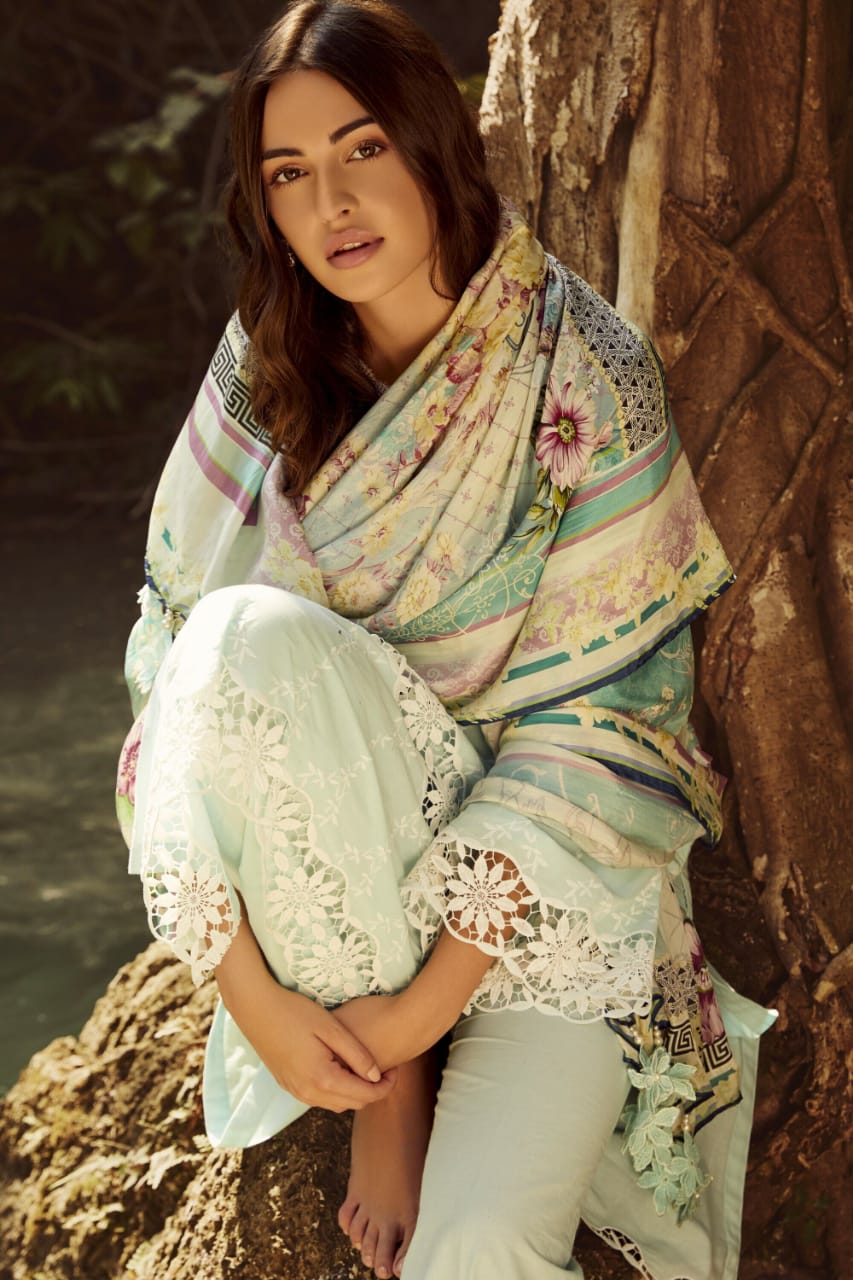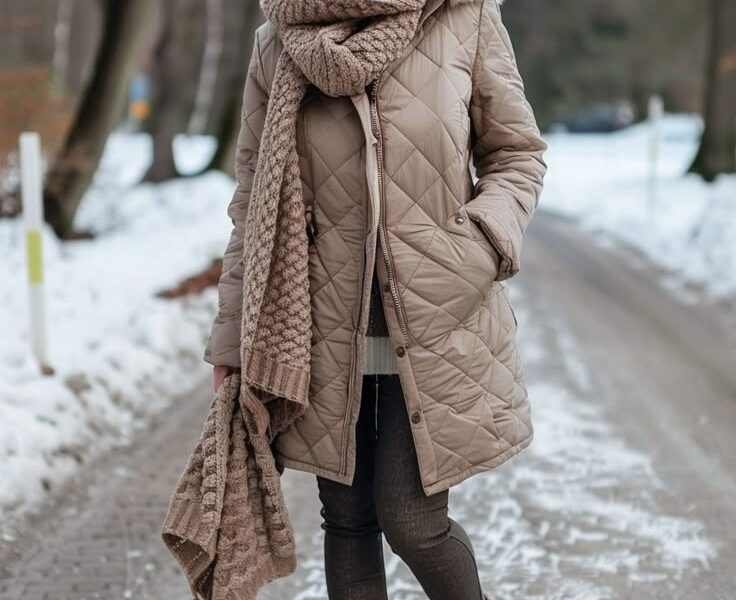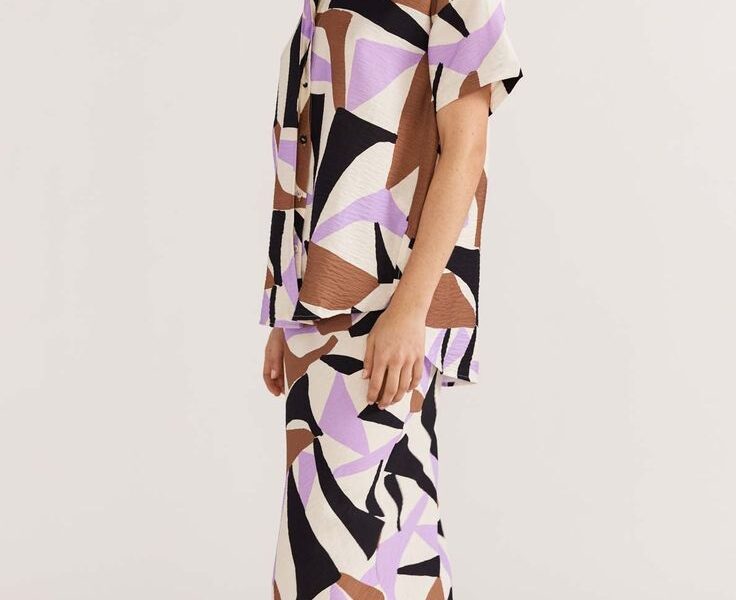Fabric outfits form the core of the fashion industry, defining how clothes look, feel, and perform. The type of fabric used in an outfit not only influences its visual appeal but also its comfort, durability, and suitability for different occasions. In fashion, fabric serves as the foundation that transforms a basic design into a wearable masterpiece. Designers meticulously choose fabrics based on texture, color, drape, and breathability to bring their creative visions to life. From casual streetwear to haute couture, every outfit begins with the right fabric selection.
A well-chosen fabric complements the human body, adapting to movement and lifestyle. For example, lightweight fabrics like cotton or chiffon enhance comfort in warm climates, while heavier materials like wool or tweed provide warmth during colder months. Beyond functionality, fabric also conveys identity and emotion—luxurious silk expresses elegance, while denim embodies rugged everyday style. In essence, fabric outfits represent the perfect marriage between artistry and practicality, where creativity meets comfort. Understanding how different materials interact with the body and the environment is key to making fashion not just stylish but sustainable.
The Role of Fabric in Fashion Design
Fabric is the designer’s canvas—the starting point that determines how a garment will behave, move, and appeal to the senses. In fashion design, the choice of fabric directly influences the final outcome of the outfit. Every material tells a story: silk adds sophistication, cotton represents purity, and leather symbolizes strength. Designers experiment with fabric weights, weaves, and finishes to achieve unique silhouettes and textures.
The tactile quality of fabric plays a psychological role as well; soft, smooth materials evoke feelings of luxury and comfort, while structured fabrics create bold, confident statements. The right fabric can transform a simple design into an iconic piece. Moreover, as fashion evolves, designers increasingly prioritize ethical sourcing and sustainability, integrating eco-friendly materials into their creative process. Ultimately, fabric is not just a medium—it is the essence of design innovation.
How Fabric Influences Comfort and Aesthetics
Comfort and aesthetics are two essential factors that determine the success of any outfit, and both depend heavily on fabric choice. Breathable fabrics such as cotton or linen allow air circulation, keeping the body cool during summer. On the other hand, materials like wool and velvet provide insulation during colder months, maintaining warmth without compromising elegance.
Aesthetically, fabric defines the overall look of a garment—its sheen, drape, and texture dictate how it appears and feels. Soft fabrics create a flowing, graceful silhouette, while stiffer materials help achieve structured and formal designs. Furthermore, the color and pattern absorption properties of fabric affect how dyes and prints appear on clothing. In essence, fabric is the bridge between comfort and beauty, allowing wearers to express individuality while staying practical.


